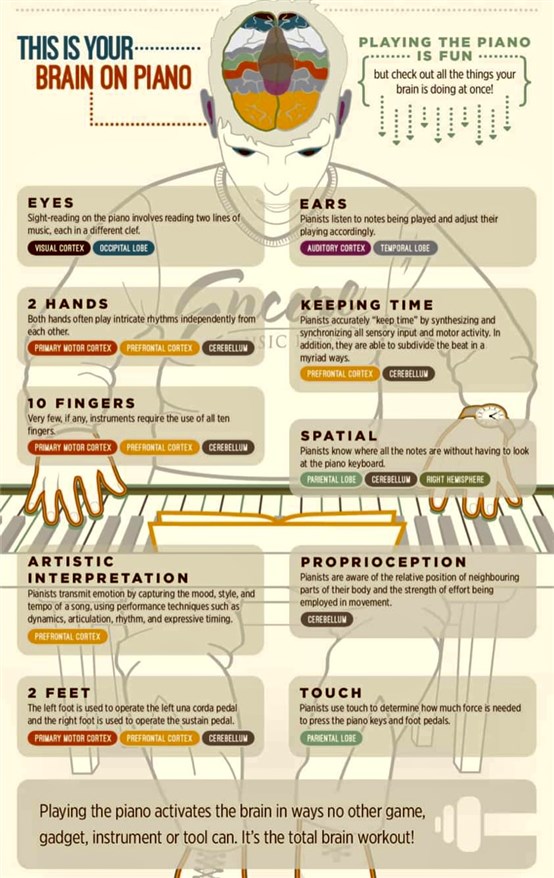Piano Lessons in Jackson, NJ
Top 65 Classical Music Masterpieces Everyone Knows, But Not Everybody Knows Their Titles
Sunday, August 28, 2022 by Elena Papavero | Classical Music
I know I’ve heard these in cartoons, movies and, yes, even in concerts and recitals.
Enjoy!
Different Teaching Strategies for Different Learning Styles
Sunday, August 7, 2022 by Elena Papavero | Lessons
Every person possesses multiple intelligences at varying levels. This means that each piano student learns music in multiple ways. An understanding of how you process information will determine the learning activities that will serve you best.
Here are some examples of learning activities matched to dominant intelligences.
Musical – Rhythmic: creating patterns, humming; play on a different instrument.
Visual – Spatial: Highlight scores, associate musical eras to the art and architecture of that era, often more white space in a score is helpful, thinking in intervals.
Verbal – Linguistic: theory books and worksheets, lyrics, rhythmic words, writing, journaling, reading about music.
Logical – Mathematical: The symbolic nature of music is natural here. Score analysis, rhythmic and melodic pattern recognition, and a visual lesson plan.
Bodily – Kinesthetic: Move, clap, tap, dance, and conduct.
Inter-personal: Group learning, cooperative work, partner and buddy lessons. Individual students can collaborate with others virtually.
Intra-personal: Fewer visual distractions, practice with eyes closed, journaling and individual goal setting, internal beat games.
Naturalistic: Step outdoors, observe bird song, find patterns in nature, learn music with nature themes
You can find your dominant intelligences (or that of your child) by taking a test such as the one found here.
This information can help us work together to choose learning activities that are effective and enjoyable.


